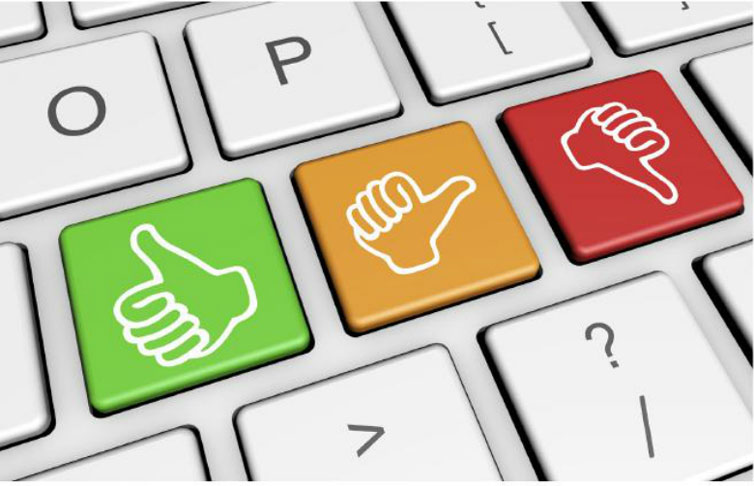Keep taking the tablets
Instead of lugging your laptop around with you on flights and in airport lounges, you might want to lighten up with a tablet. Bill Bennett explains why.
Instead of lugging your laptop around with you on flights and in airport lounges, you might want to lighten up with a tablet. Bill Bennett explains why.
Tablets are often a better bet for business travellers than traditional laptops. They are lighter and take up less space – two very important advantages when flying.
Tablet batteries tend to last longer than laptop batteries too. An Apple iPad with a full charge will get you from Auckland to Singapore. There should still be enough in the tank for the airport lounge if you’re transferring. But you’d be lucky to stretch laptop power that far.
Most of the time it’s far easier to pull a tablet out of the airplane seat pocket than fuss around with opening up a laptop. Often you don’t need to take tablets out of your carry-on luggage for airport security checks either, while laptops always need to go through X-ray machines.
You can use tablets in more confined spaces – this definitely matters when you’re flying economy-class. It’s possible to work even if you can’t get the tray-table down. And although you can add a keyboard for typing, you could just punch in words using the screen keyboard.
Last year I managed to write a major newspaper feature on a flight using my iPad Air held in the portrait position and typing on the screen with my thumbs.
Earlier this year I wrote stories using the larger 12.9-inch iPad Pro while on a train between Barcelona and Paris – although this time I used the Apple Smart Keyboard.
If anything, my productivity was higher than if I had been using a laptop. Tablets feel better suited to the role.
One of the arguments against using tablets for business is they lack the sophisticated business software found on laptops. That’s still true up to a point, especially if you have custom-made software. Yet it isn’t as important as it once was. The most popular productivity software packages are now available as tablet apps – Microsoft Word and Excel work well on both Apple and Android tablets.
A lot of heavy-duty business apps are now cloud-based too. Most of the time that’s a problem when you’re in the air. Not all flights offer Internet connections, and when they do, the price of going online is often prohibitive. So that limitation also applies to laptops.
While you’ll struggle to run specialist Windows apps on an iPad or Android tablet, there are excellent Windows tablets. These straddle the gap between other tablets and laptops – most people buy them with attachable keyboards. Good options include Microsoft’s Surface Pro 4, HP’s Spectre x2 and the Huawei MateBook. HP also has a more corporate-focused Elite x2 mode.
Meanwhile Apple fans can choose from a 9.7-inch and 12.9-inch iPad Pro tablet. Both are excellent for business applications. The larger model has a wonderful screen, and it’s the most portable way of getting a large display. Like the Surface Pro, the iPad Pro can be used with a special pencil.
Apple’s older, less expensive iPad Air 2 is also recommended, while Samsung’s Galaxy Tab 2 is the most powerful Android tablet from a big name brand. It comes with Knox, a security feature for keeping critical apps safe from criminals.
A business travel tablet checklist:
- Get a Wi-Fi model
Many tablets can connect to 3G or 4G wireless networks with a SIM card. You often pay more for models with this feature. Built-in wireless data is great in New Zealand, but roaming overseas can be a headache. Save yourself the worry and get a cheaper, Wi-Fi-only tablet. Yet be aware of the risks.
- Stay safe
Take care when using free or public Wi-Fi networks. Some are malicious. Others are not secure enough to keep criminals from snooping on your data traffic. Airports and railway stations are among the most dangerous locations for online criminals. It may pay to invest in a virtual private network (VPN). Phone company 3G and 4G networks are safer. If you need to connect to cellular networks while travelling, you can tether your tablet to your phone.
- Spend on extra memory
Put the money you save from not buying a SIM-capable tablet on extra internal memory. Most are hard to upgrade and you often find you can use more local storage. I keep my music collection, electronic books (both reference works and entertainment) and movies on my iPad.
- Stay compatible
Apple, Android and Windows tablets will all work with phones or PCs made with other people’s technology, but you tend to get the most benefits if you go all-in with one or other of the three. If you live with Macs and iPhones, the iPad is your most productive option. Likewise, if Android phone and Google Docs are your everyday tools, get an Android tablet.
- Don’t skimp on software
Tablet software is rarely expensive. Most apps cost less than you’d pay for coffee and a bun. So don’t miss out on the productivity and fun potential of your hardware by being a cheapskate. Buy all the software you think you’ll need before travelling. Remember, downloading apps can be tricky or expensive when using hotel Internet accounts.
- Pack the power cable in your cabin luggage
Modern airplanes often have USB power sockets. You won’t get a lot of power from them, but it can be useful to top up your batteries if you climb on board when the indicator is showing red. Or you may want to have a full charge before you disembark for a day’s business in a foreign city.
On a similar note, make sure you have a suitable power adaptor for your destination. While many hotels have international power sockets, that’s not always the case. If you take a tablet and a mobile phone, you should be able to get away with carrying just one charger and one power cable.
- Protect, but don’t go overboard
Tablets are robust, but they’re not unbreakable. Screens are the most vulnerable parts. Buy a tablet screen cover before travelling. Think about keeping the tablet inside something soft and protective within your carry-on luggage.




